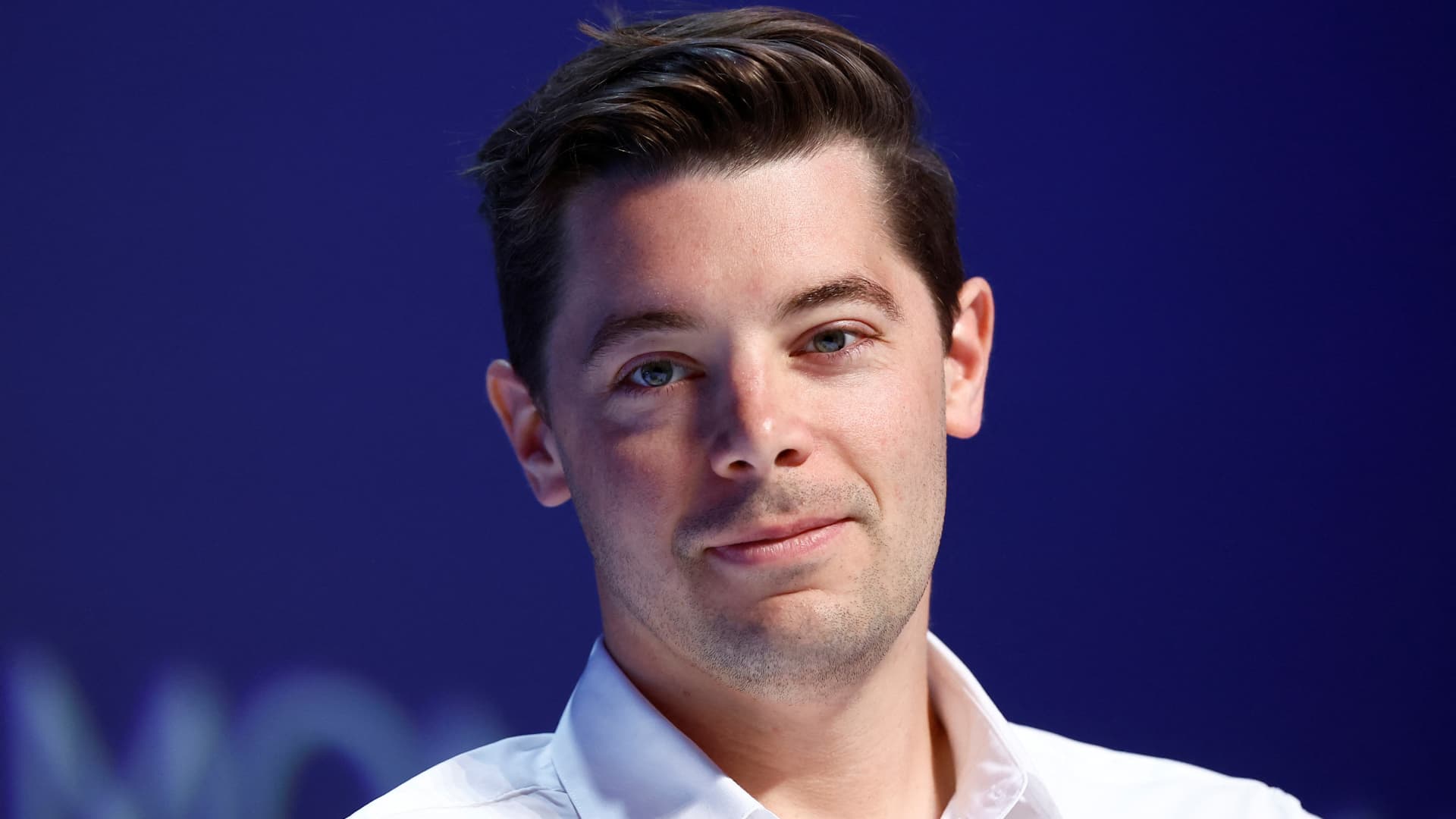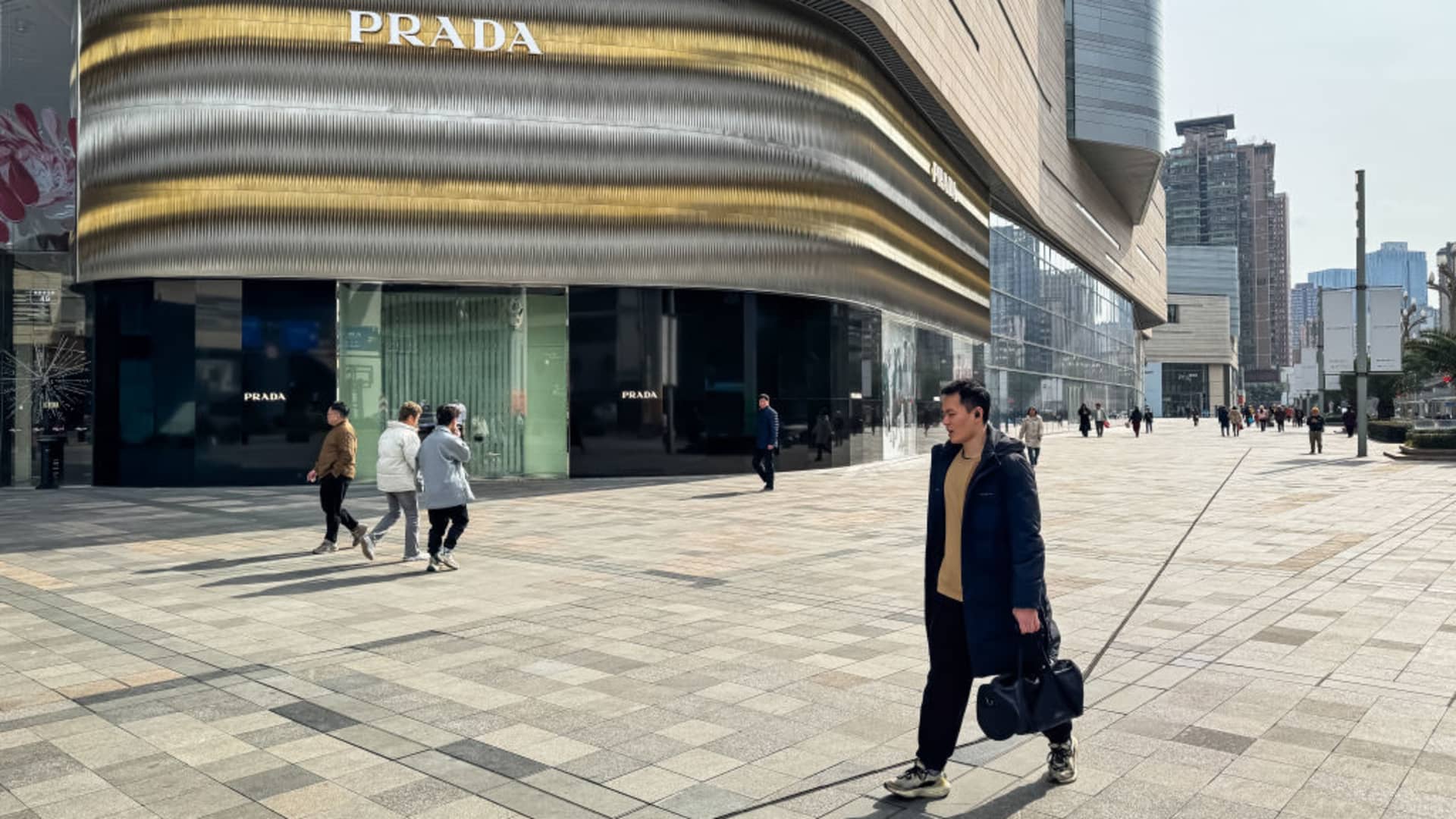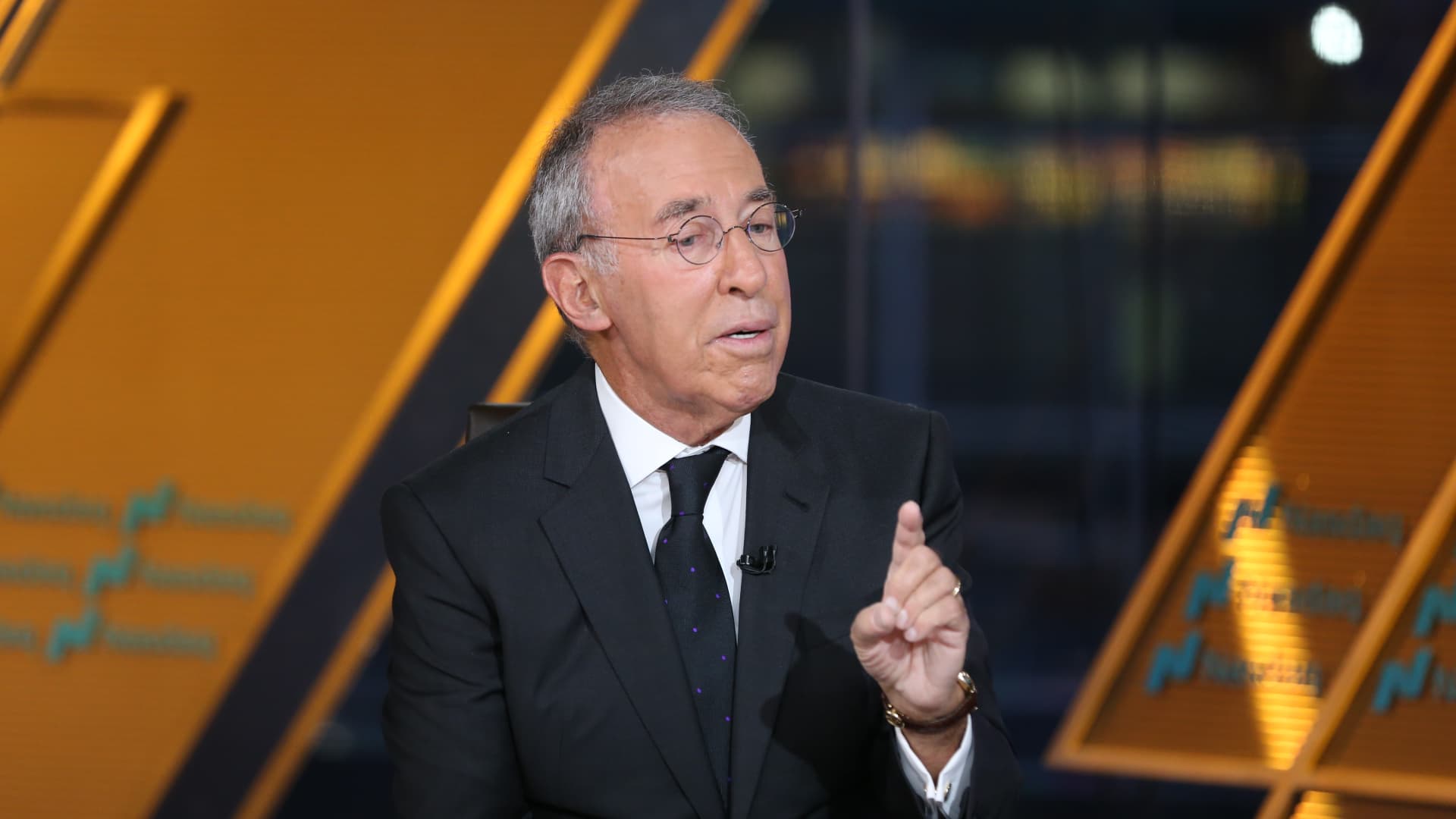Brad Lightcap, Chief Operating Officer at OpenAI, attends a conference at the Cannes Lions International Festival of Creativity in Cannes, France, June 20, 2023.
Eric Gaillard | Reuters
Sam Altman needed someone to manage the finances. It was 2018, and OpenAI was still a nonprofit research outfit with 40 employees, no consumer product and no clear revenue model. But someone had to oversee the money.
Altman asked Brad Lightcap, who he’d worked with at startup accelerator Y Combinator, to help him with the search. Lightcap interviewed more than 20 people. Nobody wanted the job. So Lightcap decided to do it himself, stepping into a temporary role as the first business hire inside what was still unmistakably a lab.
“We had no idea we were going to make a chatbot that a lot of people were going to talk to,” Altman said at a dinner with reporters earlier this month in San Francisco that Lightcap also attended. “That was just not in the conception.”
Seven years after joining the nascent startup, Lightcap is operating chief of a $500 billion startup with 3,000 employees. His task is to turn OpenAI from a consumer phenomenon, known for creating ChatGPT and sparking the generative AI boom, into a force in the enterprise.
The company took a major step in that direction this week, announcing new offices in Brazil, Australia, and India in response to business demand.
As it enters new markets, Lightcap doesn’t have to worry about building a brand. ChatGPT now boasts more than 700 million weekly active users less than three years into its existence.
But selling into the enterprise requires bodies. In the past 18 months, Lightcap has built OpenAI’s go-to-market team from around 50 people to more than 700, which includes sales reps and staffers focused on customer success, developer relations and strategic partnerships.
The push started in 2023, with GPT-4 and the launch of ChatGPT Enterprise. Businesses could suddenly see that OpenAI’s large language models were capable of reliably handling workflow tasks. Clients started coming in from every direction.
“It was the first time you cross the chasm of the models being intelligent enough to actually solve problems for businesses,” Lightcap, 34, said in an interview this week. “We saw significant demand coming out of that launch.”

Moderna began using ChatGPT Enterprise to accelerate drug discovery and summarize vast amounts of research data. Uber built a custom tool that let engineering teams tap OpenAI’s models for customer support, driver experience and internal productivity. Morgan Stanley first embedded GPT-4 into workflows on its wealth management team and later extended the integration into investment banking and trading.
“I see our responsibility as both building the tools and being, in some ways, the most knowledgeable people in the world on how to deploy them,” Lightcap said. “We’ve taken that seriously from day one.”
OpenAI’s rollout doesn’t rely on traditional sales reps. Instead, its go-to-market strategy leans heavily on engineers who work directly with enterprise partners to ensure the models solve real business problems.
Microsoft tension
While playing a central role in global development for one of Silicon Valley’s fastest-growing businesses, Lightcap also has to manage a sensitive relationship with OpenAI’s closest partner and emerging rival, Microsoft.
Microsoft is the lead investor in OpenAI, having poured roughly $13 billion into the company, and its primary cloud provider. OpenAI’s models are tightly integrated into Microsoft products like Copilot, and the software giant has used its close ties with OpenAI to offer early access to tools before they’re available on other clouds.
The deeper OpenAI moves into enterprise sales, the more the two companies collide.
For companies already running on Azure, Microsoft’s pitch is the seamless integration that comes with adding OpenAI’s models to the existing stack. But going directly through OpenAI offers proximity to the teams building the frontier technology.
It’s not the only market where they’re going head-to-head. In Microsoft’s annual filing last year, the company formally listed OpenAI as a competitor in search and news advertising. The disclosure landed days after OpenAI unveiled a prototype called SearchGPT, underscoring how quickly the two companies’ interests were overlapping.
And this week, Microsoft said it’s started publicly testing a homegrown AI model called MAI-1-preview that could lead to enhancements to its Copilot assistant for consumers.
Lightcap downplayed the rivalry.
“The opportunity space is so gigantic that in some sense, it’s impossible not to bump into everyone else,” he said. He emphasized that the key for OpenAI is the quality of its models, their safety and reliability, and how the company works with customers.
Microsoft didn’t respond to a request for comment.
Microsoft CEO Satya Nadella, right, speaks as OpenAI CEO Sam Altman looks on during the OpenAI DevDay event in San Francisco on Nov. 6, 2023.
Justin Sullivan | Getty Images
The two companies are now renegotiating the terms of their partnership, including the enterprise sales split, which delivers 80% of revenue to OpenAI when it owns the customer relationship.
Other points of tension include OpenAI’s work with different cloud providers and the governance system that will shape OpenAI’s next stage of growth as it raises $40 billion and restructures into a commercial entity.
As OpenAI expands into new regions, it’s tailoring its approach to reflect local demand, preferences and use cases.
Brazil, now OpenAI’s fastest-growing market in Latin America, has more than 50 million monthly ChatGPT users sending about 140 million messages every day. India, with its surging developer base, has become the company’s second-biggest user community worldwide. And Australia, home to some of the earliest users of OpenAI’s application programming interface (API), is emerging as a hub for enterprise adoption across the Asia-Pacific region.
The Sao Paulo office will double as a training center for educators, nonprofits, and small businesses, and as a community hub for Brazil’s burgeoning developer base.
“There’s real energy around AI across Brazil,” Lightcap said. “Startups are moving fast and bigger companies are already putting these tools to work. Opening an office here helps us stay close to customers and partners and support that momentum.”
OpenAI is hiring locally to tap into active developer ecosystems. In Australia, the Sydney office will serve as a beachhead for enterprise clients across the Pacific. And in Japan, where the company has already launched a joint venture with SoftBank to roll out enterprise tools nationwide, the Tokyo team is structured to focus on custom use cases like automation, robotics and AI-driven productivity.
“My colleagues in Japan have taught us a lot also about how to actually improve how we go to market, how to improve the way we deliver services to enterprises,” Lightcap said. “And so it really becomes this two-way learning process.”
It’s not a world Lightcap could have imagined seven years ago, when the fledgling lab he joined was operating out of a three-story wood-frame building in San Francisco’s Mission District.
At the dinner in San Francisco in August, Lightcap was seated across the table from his boss. He nodded as Altman described what life was like back then and the short workdays out of the limelight.
“We really did have a nice life,” Altman said. “We were the smartest people in the world doing the most interesting science, on the frontier of discovery, in on this big secret.”
— CNBC’s Jordan Novet contributed to this report.
WATCH: Sam Altman says OpenAI pushed a ‘much warmer’ tone for GPT-5













